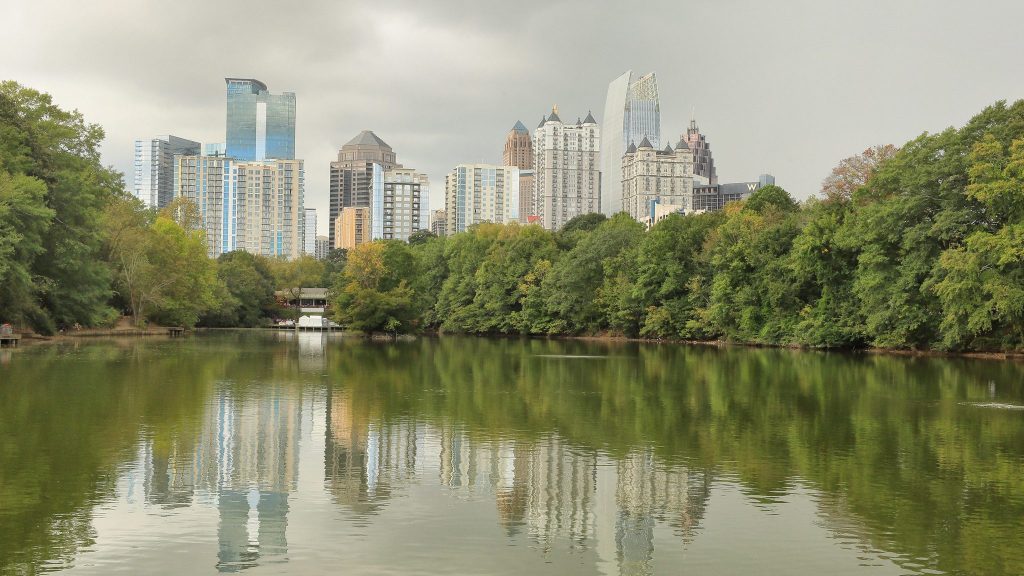Improving Scenarios of Future Patterns of Urbanization, Climate Adaptation, and Landscape Change in the Southeast

Project Information
Principal Investigator(s): Ross Meentemeyer, Center for Geospatial Analytics, NC State University
Project Completion: April 2023
Implements Science Plan Theme: Impacts, Exposure
Cooperators: Georgina Sanchez (Center for Geospatial Analytics, NC State University), Adam Terando (USGS Southeast Climate Adaptation Science Center)
Overview
One of the most significant and lasting changes humans can make to the environment is converting natural and rural areas into urbanized areas. As the population continues to grow, there is an increasing demand for urban spaces. In the Southeast U.S., which is known for its favorable climate and strong economy, rapid population growth has been observed in recent decades. However, this region is also highly vulnerable to climate change, particularly along its extensive coastline where many people live. Rising sea levels and increased flood risks pose significant challenges to coastal communities, potentially leading residents to relocate to safer areas at higher elevations and latitudes.
This study aims to understand how current population dynamics in the Southeast U.S. interact with the potential movement of people away from vulnerable coastal and flood-prone areas. To achieve this, we have developed a unique land change model called FUTURES 3.0. This model can simulate urban growth, increases in flood hazard due to climate change, and human adaptive response to flooding in a spatially interactive manner, meaning that what happens in one location can affect others. FUTURES 3.0 is freely accessible, allowing researchers and decision-makers to use it for their own analyses. Furthermore, we have created comprehensive scenarios that depict future population redistribution and urbanization patterns across the Southeast U.S. These “what-if” scenarios provide valuable information for natural resource decision-makers, regulatory agencies, and land managers. They help us understand and anticipate the tradeoffs between different paths of urbanization, which is crucial for wildlife and habitat management efforts. By proactively protecting and conserving valuable ecosystems and species of concern, we can better manage the impacts of urbanization. Additionally, this information can support land use planning and decision-making by providing estimates of future flood exposure for built infrastructure.
More Information
- Media coverage: FEMA flood maps underestimate damage risks, according to NC State research. WUNC News
- Media coverage: NC State study: More than a million square miles of US at risk of flood damage. The News & Observer
- Media coverage: Many Americans Lack Flood Insurance Despite Rising Risks — Here’s Why. College of Natural Resources News
- Media coverage: Mapping the Future: Climate Change and Flooding in Coastal North Carolina. Coastwatch
Relevant Web Posts:
- Data Release Offers Valuable Information on Future Urbanization Patterns Across the Southeastern US
- New Model Adds Human Reactions to Flood Risk Assessment
